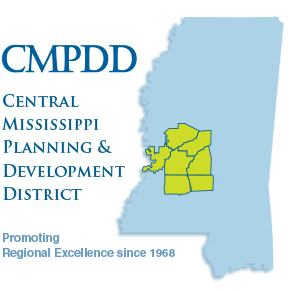 Comprehensive Plans are long range planning documents, typically 20 to 25 years. However, changing conditions require that they be reviewed at least every five years to check for a need to update.
Comprehensive Plans are long range planning documents, typically 20 to 25 years. However, changing conditions require that they be reviewed at least every five years to check for a need to update.
What changed conditions indicate a need to review and revise the community’s comprehensive plan?
- Age: A comprehensive plan over five years old should be reviewed and revised at least to update the demographic information, which could affect projections of population, employment, land use, and traffic. Significant changes in land use have an effect on other land uses, the transportation network, and public facilities. Such changes should be incorporated into the comprehensive plan.
- Plan Achievements: If a significant number of goals, objectives, and recommendations have been achieved, it may be time to update the plan with new goals, objectives, and recommendations.
- Maintain Basis of Connection with Zoning Ordinance and Map: Since the community’s zoning ordinance is based upon the comprehensive plan, the comprehensive plan must stay current to be used as a guide to development.
Many communities have zoning ordinances that no longer adequately address many of today’s development issues. Others lack the necessary flexibility that developers and property owners need to negotiate acceptable projects, or they need to be brought up-to-date to reflect recent court decisions.
Zoning is not meant to be for just cities and towns. There may be unincorporated areas of some counties that are experiencing development problems that could benefit from zoning and other development regulations.
Signs that your community’s zoning ordinances may need to be revised.
- Age: If your community’s zoning ordinance is at least ten years old, it should be reviewed and evaluated. Changes in zoning techniques, approaches, and definitions may not be reflected in your current ordinance. Examples include changes in automobile sizes affecting parking space regulations and changes in appearance regulations have occurred that may not be taken into account. New definitions should be included to address new development situations.
- Increased Applications for Variances: An increase in the number of requests for variances are an indication that certain aspects of your ordinance do not reflect current development trends or your community may have a substantial number of nonconforming uses, lots and structures. A large increase of requests means that the zoning ordinance needs to be reviewed.
- Undesirable Development is Taking Place: As time passes, land uses or patterns of development occur that were not anticipated and may be considered undesirable, especially if development is occurring at a fast pace.
- Adoption of a New Comprehensive Plan or Other Development Controls: If your city or county has recently updated its comprehensive plan, it is also time to review the zoning ordinance and map. The zoning ordinance is the local government’s primary means of implementing its comprehensive plan. This means that the zoning ordinance should be revised to be line with the policies and recommendations of the plan. Doing so will help correct problems identified in the plan.
- Increase in Zoning-Related Lawsuits: An increase in zoning-related lawsuits is an indication that there is a difference in what the private sector believes it is entitled to and the controls or administrative structure of the present zoning ordinance. If your city or county is losing most of such lawsuits, then the ordinance should be reviewed.
What to do?
CMPDD has professional planners on staff who can assist your city or town with its planning and zoning problems. If your community’s zoning ordinance exhibits any of the above problems, please contact Chuck Carr at 601-981-1511.

